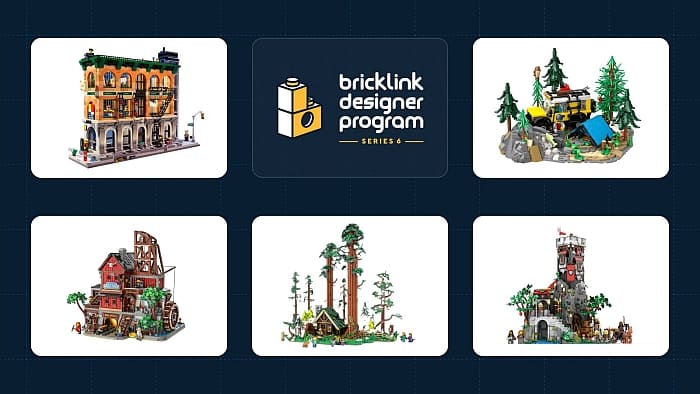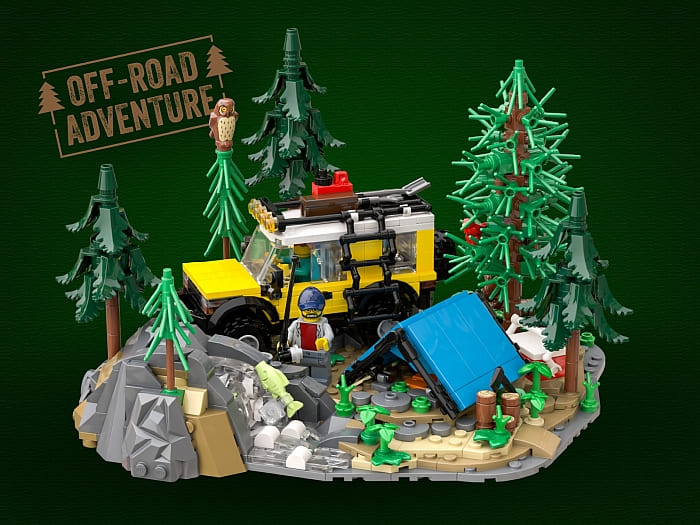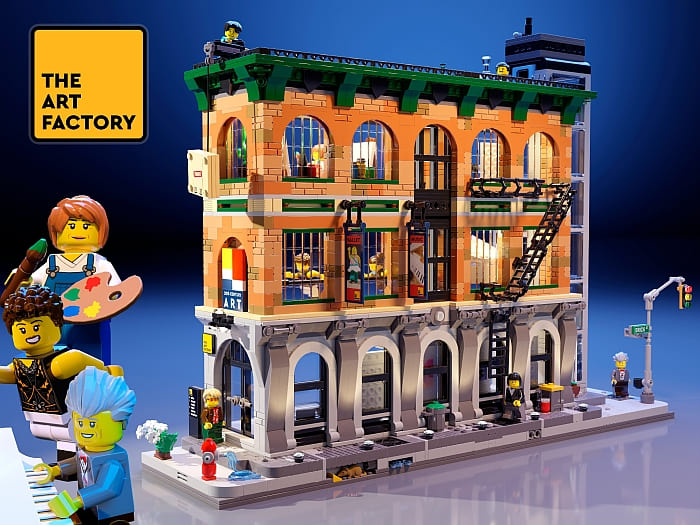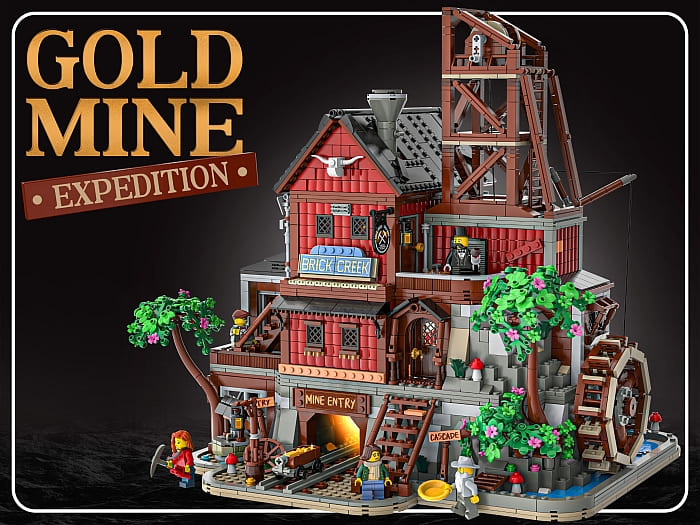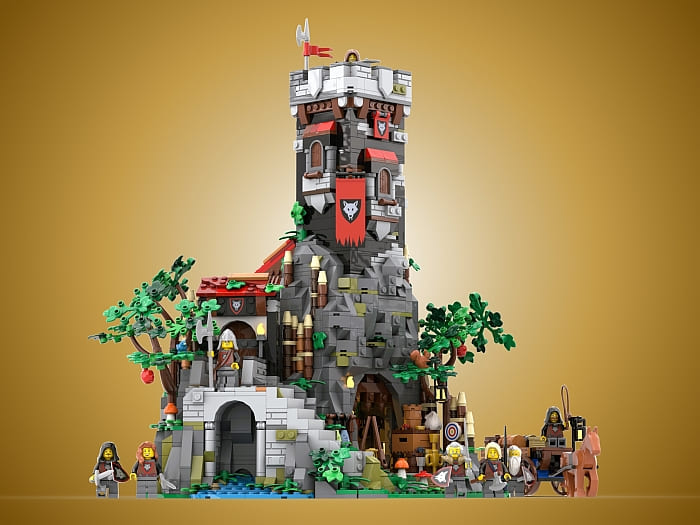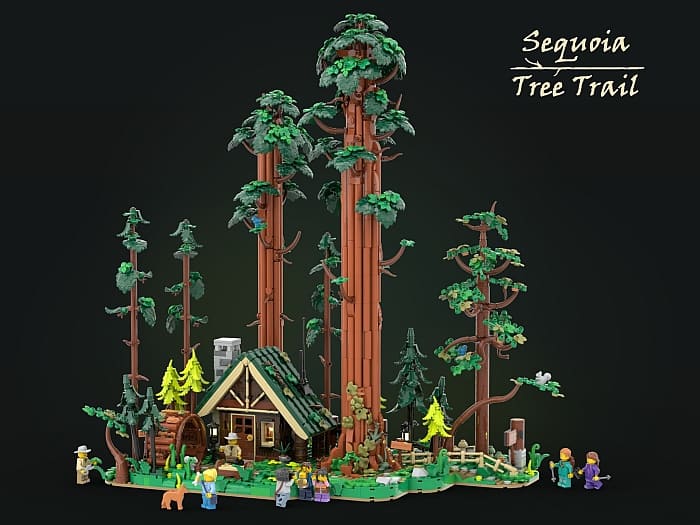The first set in the LEGO Icons Gardens of the World Series was the beautiful #10315 LEGO Icons Tranquil Garden released in 2023. The set is based on a traditional Japanese garden and includes an arched bridge, stream, koi carp, lotus flowers, trees, rocks, stone lanterns, and a pavilion with a detailed tea ceremony room.
This series aims to introduce adults to the LEGO building experience and provide them with a relaxing activity that combines crafting with gardening. It truly is a lovely set for both new to the hobby and seasoned LEGO fans. If you haven’t checked it out already, it’s still available at the LEGO Icons section of the Online LEGO Shop.
Continuing the success of the first set, LEGO is releasing a second set next year, the #10359 LEGO Icons Fountain Garden. Inspired by the beauty and diversity of landscape architecture, this addition to the Gardens of the World collection features a tiered fountain, an ornate lavabo, decorative tiled pathways, and flowered vines that adorn white columned pergolas with red-tile roofing. The garden includes a grapevine in bloom, 2 cypress trees, a red geranium, white petunias, red hibiscus, pink bougainvillea, and marigolds, plus bird, frog, and luna moth.
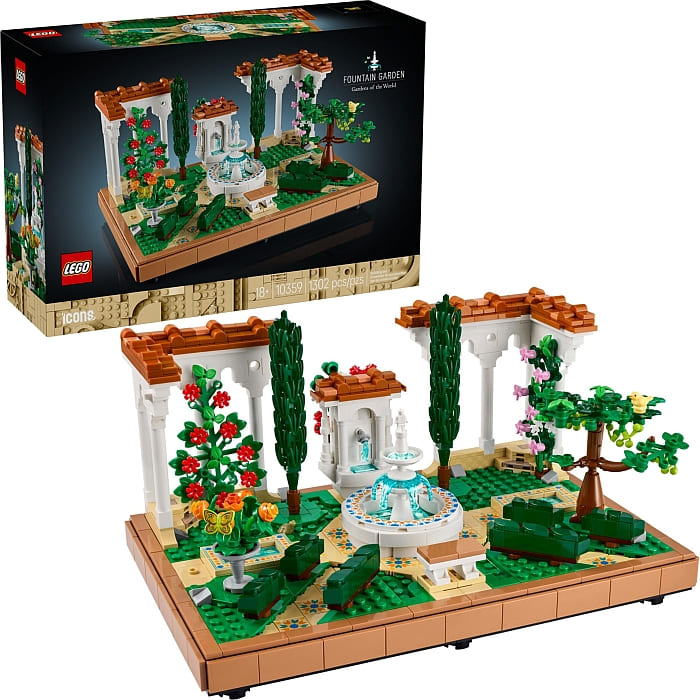
And take a look at all those beautifully printed tiles! This set is going to be a wonderful source of decorative elements!
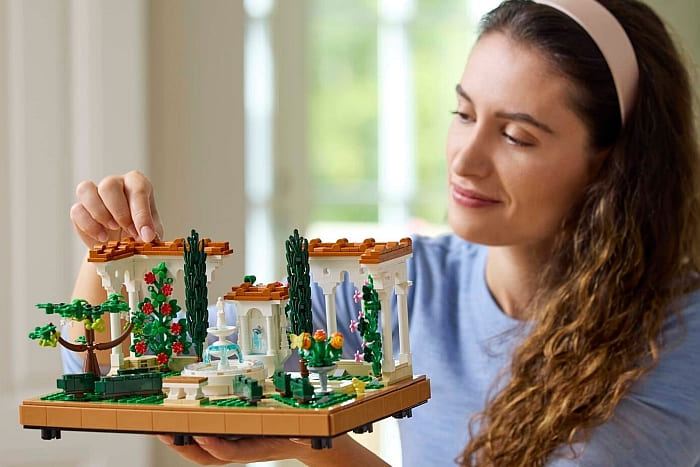
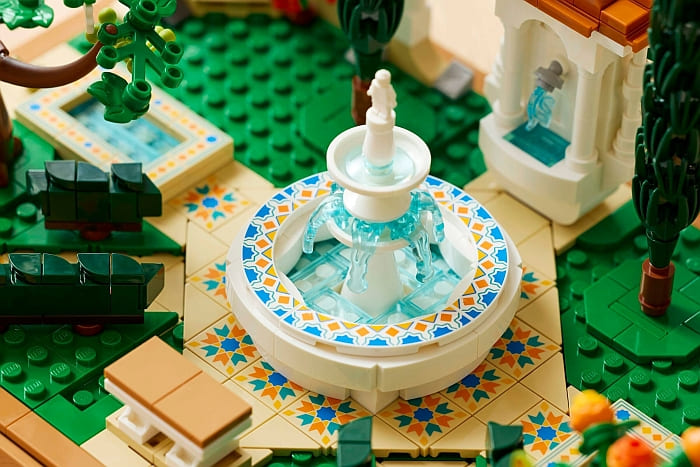
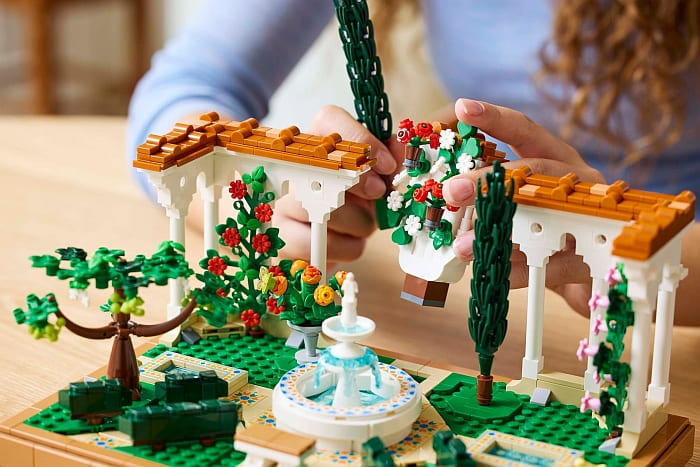
Although this second set in the series won’t be available until January 1st of next year, the details are already posted at the Online LEGO Shop. The price is only going to be $99.99, which is great for a set with 1,302 pieces and so many unique elements. If you want to see more pictures and details, visit the LEGO Icons section of the Online LEGO Shop.
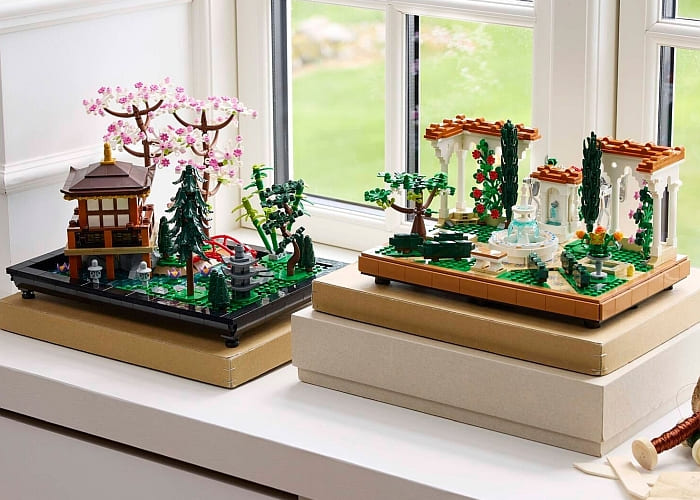
For adult LEGO fans, this is a great series to collect. It seems like we will be getting one set a year, which is not too hard on the LEGO budget, and the sets look lovely, are full of unique pieces, and are genuinely nice. I could also see the sets or parts of the sets incorporated into large displays like LEGO City or LEGO Modular Building dioramas. The sets also make excellent gifts for adults who are new to LEGO. This is definitely a series to keep an eye on!
What do you think? How do you like the LEGO Gardens of the World sets so far? Feel free to share your thoughts and discuss in the comment section below!
And you might also like to check out the following related posts:


